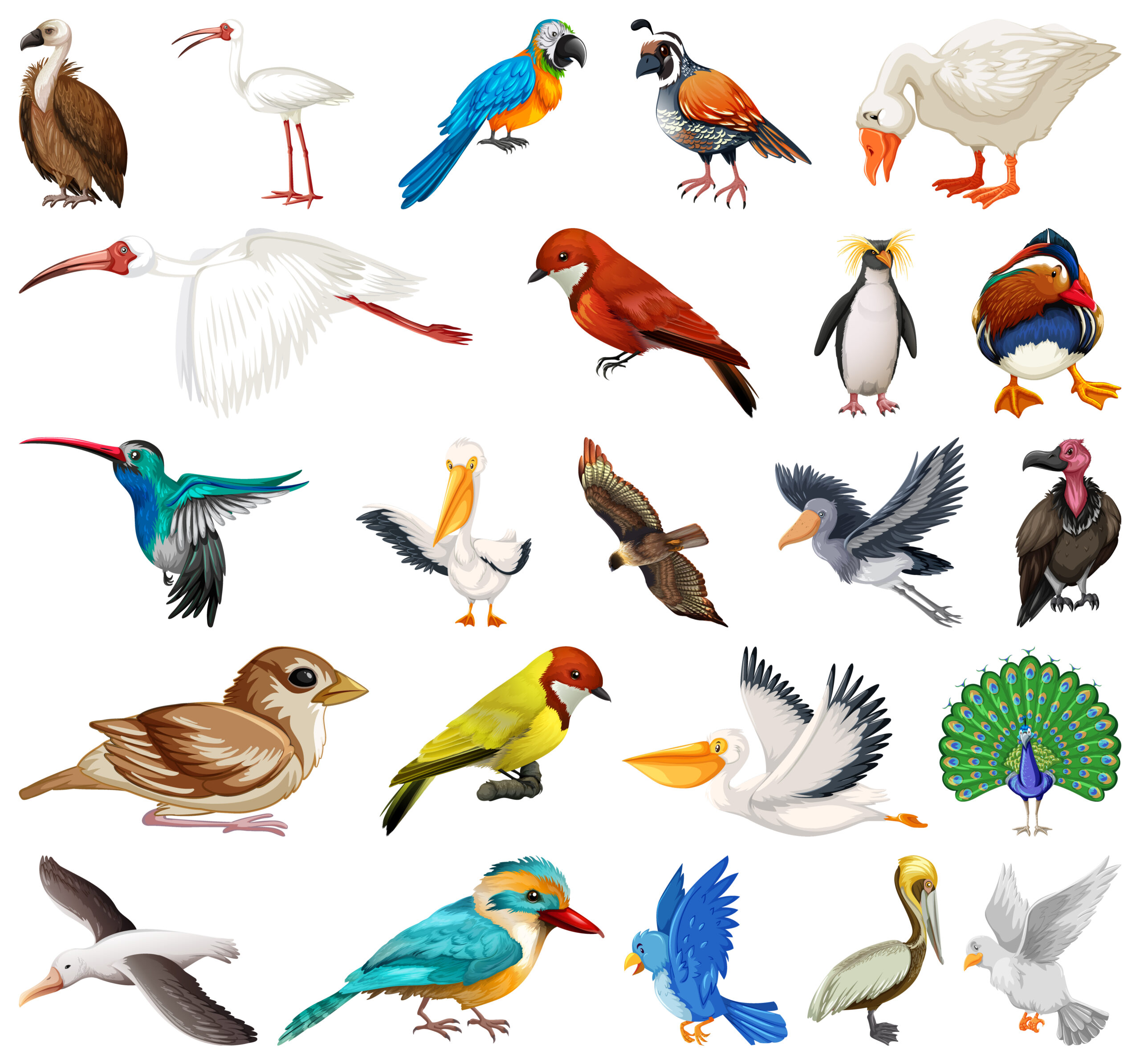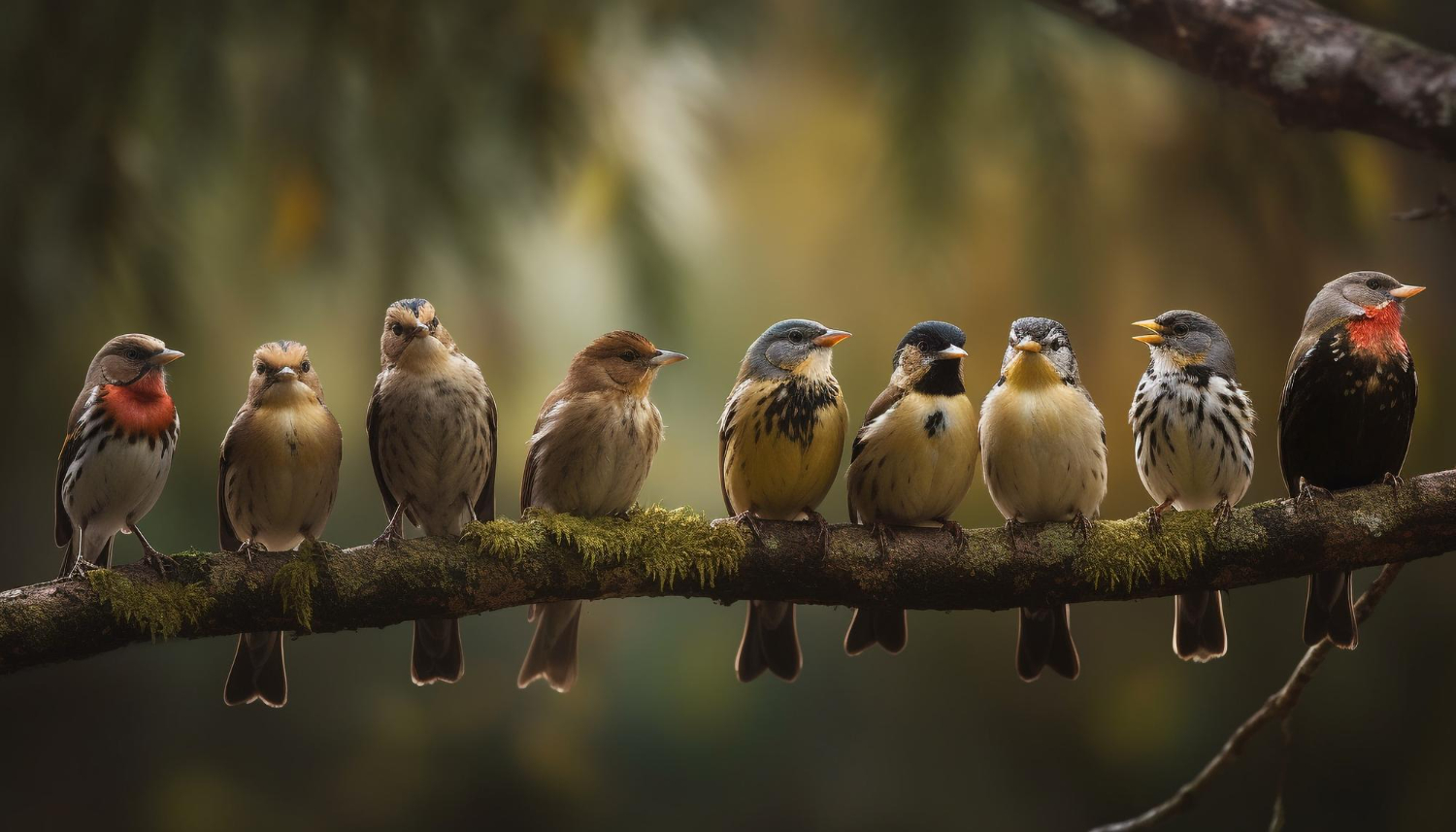Birds have always fascinated humans with their ability to soar through the skies. Some birds fly incredibly high, while others are known for their loud calls or impressive size. But have you ever wondered which bird holds the title of the highest flying bird? In this blog, we’ll uncover the answer for 2025 and explore some fascinating facts about these extraordinary creatures.
The Champion of the Skies: The Highest Flying Bird
The title of the highest flying bird belongs to the Rüppell’s griffon vulture (Gyps rueppelli). This remarkable bird has been recorded flying at an altitude of 37,000 feet (11,278 meters). To put that into perspective, that’s higher than most commercial airplanes! This incredible feat was confirmed when a Rüppell’s griffon vulture collided with an airplane over West Africa in 1973.
Rüppell’s griffon vultures are part of the vulture family and are specially adapted to thrive at such high altitudes. Their blood has a unique type of hemoglobin that allows them to absorb oxygen efficiently, even in the thin air found at extreme heights. These birds typically inhabit sub-Saharan Africa, and they are often seen soaring high in the skies while searching for carrion.
Why Do Birds Fly So High?
Birds like the Rüppell’s griffon vulture fly at such extreme altitudes for several reasons:
- Better Vision: Flying high gives birds a broader view of the ground below, making it easier to spot food or avoid predators.
- Energy Efficiency: Many high-flying birds take advantage of air currents and thermals to glide without expending much energy.
- Safety from Predators: Reaching high altitudes can also keep birds safe from potential predators.
Other Record-Setters in the Bird World
While the Rüppell’s griffon vulture holds the record for the highest flying bird, other birds stand out for their unique abilities. Let’s take a look at a few more extraordinary avian species:
1. The Loudest Bird
If you’ve ever wondered which bird is the loudest, it’s the white bellbird (Procnias albus). Found in the Amazon rainforest, this bird’s call can reach an ear-piercing 125 decibels, which is louder than a chainsaw! The male white bellbird uses its loud call to attract females during the breeding season. However, this incredible volume is not without its downsides—the call is so loud that it can actually damage the hearing of nearby listeners.
2. The Heaviest Flying Bird
When it comes to size, the kori bustard (Ardeotis kori) holds the title of the heaviest flying bird. Native to Africa, this bird can weigh up to 40 pounds (18 kilograms). Despite its hefty size, the kori bustard is capable of flight, although it prefers walking and running on the ground. Its large wings and strong muscles help it take off when necessary, making it a true marvel of nature.
How Do Birds Achieve Such Impressive Feats?
Birds’ ability to fly high, call loudly, or carry significant weight comes down to their unique adaptations. Let’s break it down:
1. Adaptations for High Altitudes
High-flying birds like the Rüppell’s griffon vulture have developed special physical traits to survive in the thin air of high altitudes. Their lungs are highly efficient, and their blood can carry more oxygen than that of most other birds.
2. Adaptations for Loud Calls
Birds like the white bellbird have powerful vocal cords and resonating chambers that amplify their calls. These adaptations make them stand out, especially during mating season.
3. Adaptations for Heavy Weight
The kori bustard, the heaviest flying bird, has strong wings and powerful flight muscles. These allow it to lift its large body off the ground, although it’s not the most agile flier.
Why Are These Birds Important?
Each of these birds plays a vital role in their ecosystems. The Rüppell’s griffon vulture helps clean up the environment by feeding on dead animals, preventing the spread of disease. The white bellbird contributes to the biodiversity of the Amazon rainforest, and the kori bustard is an important part of Africa’s savanna ecosystem.
Conservation Challenges
Unfortunately, many of these remarkable birds face threats in the wild. Habitat loss, hunting, and climate change are putting pressure on their populations. For example:
- Rüppell’s griffon vulture is considered endangered due to habitat destruction and poisoning.
- White bellbird populations are declining as deforestation destroys their rainforest habitat.
- Kori bustard numbers are threatened by hunting and habitat loss.
How Can We Protect These Birds?
Protecting these incredible species requires a global effort. Here are some steps we can take:
- Support Conservation Programs: Many organizations work to protect bird habitats and reduce threats to their survival.
- Reduce Habitat Destruction: Preserving forests, grasslands, and other ecosystems is crucial.
- Educate Others: Spreading awareness about the importance of these birds can encourage more people to join conservation efforts.
Fascinating Facts About High-Flying Birds
Before we wrap up, here are a few fun facts about the highest-flying bird and its impressive counterparts:
- The Rüppell’s griffon vulture’s wingspan can reach up to 8.5 feet, helping it glide effortlessly.
- The white bellbird’s call is not only loud but also unique, resembling a mix of a horn and a scream.
- The kori bustard is often seen walking with other animals, like zebras or antelopes, in a fascinating example of interspecies interaction.
Conclusion
In 2025, the Rüppell’s griffon vulture remains the undisputed champion as the highest-flying bird, capable of reaching incredible altitudes. Alongside it, the white bellbird and the kori bustard showcase other extraordinary abilities, proving that birds are among nature’s most fascinating creatures. From soaring high in the skies to calling the loudest and carrying the most weight, these birds remind us of the wonders of the natural world.
As we celebrate these amazing creatures, let’s also commit to protecting them for future generations. By working together, we can ensure that the highest-flying bird, the loudest bird, and the heaviest-flying bird continue to inspire and amaze us for years to come.



